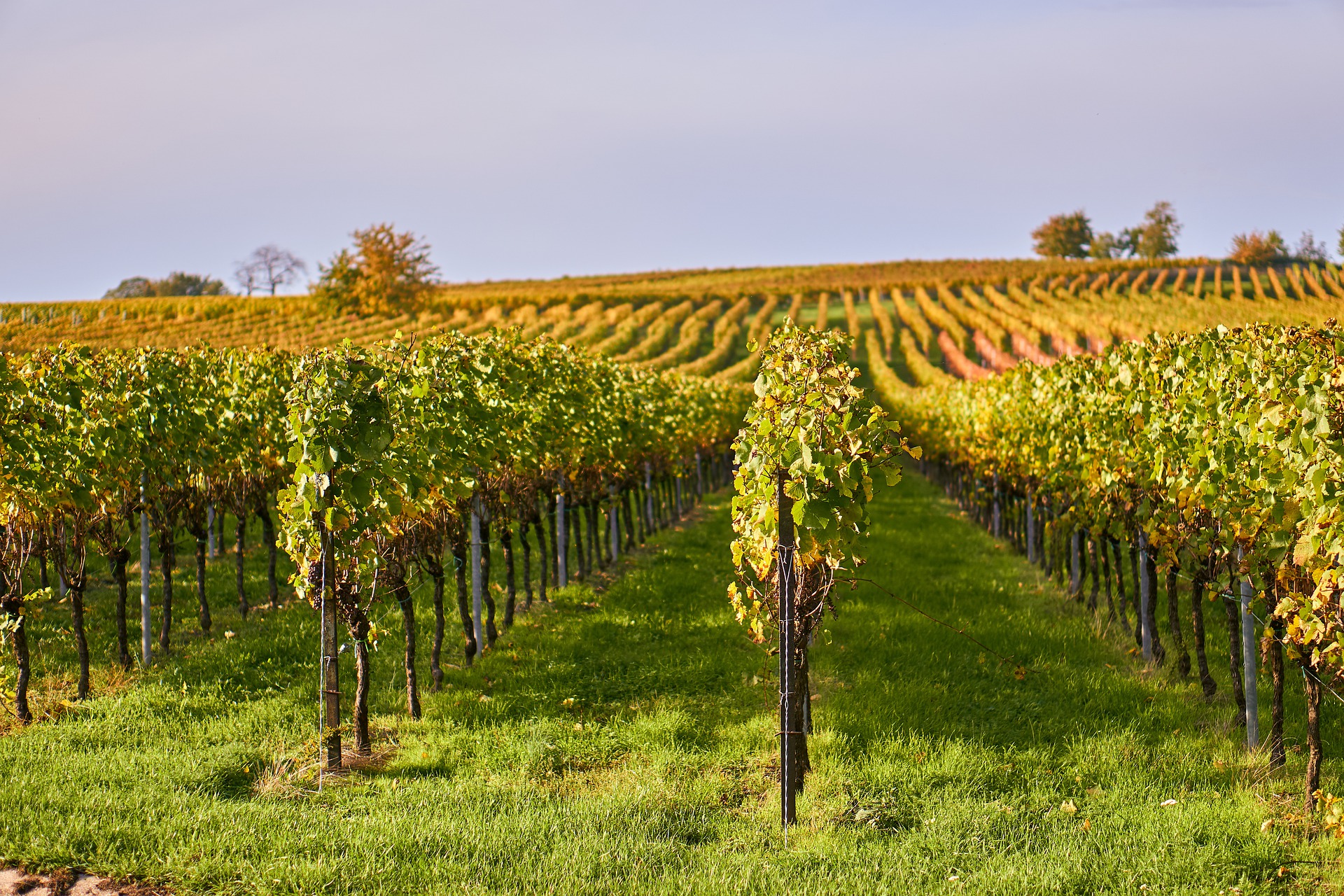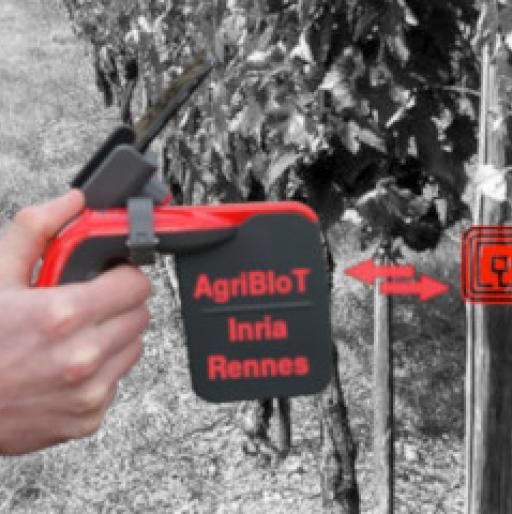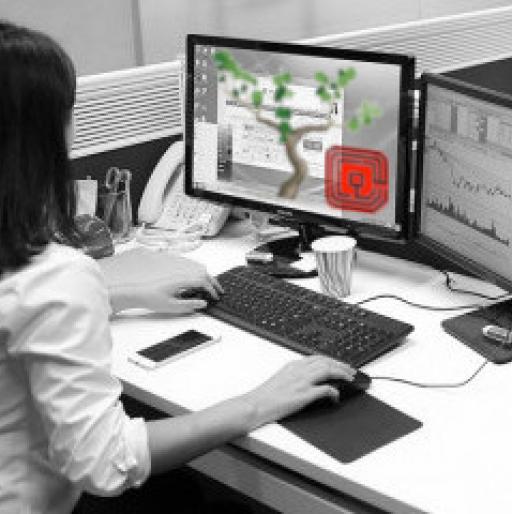
Verbatim
Improving yields, optimising inputs, reducing pollution and ensuring product traceability... these are our aims. Not to mention savings in time and fuel thanks to one less tractor trip through the plot
Project Leader
Precision agriculture
Another underlying factor is the rise of precision agriculture in line with new regulatory standards that will soon limit the use of phytosanitary products.
AgriBIoT will focus on high value-added produce, starting with wine. The idea is to install RFID tags in vineyards with one tag per row, or even one tag per vine stock. “It’s a bit like a digital notepad. At the moment, winegrowers have to go through their vineyards with a notebook in which they write down all the work to carry out, such as mending a stake that has been accidentally pulled out by a tractor or spreading Bordeaux mixture along a certain row. They then have to pass these instructions on to the workers. They also sometimes enter the information in a database or a log for monitoring the work. Our aim is to optimise and simplify this whole process.”
In practice, the winegrower will record their notes directly in the vineyard using the tags and an RFID reader/writer. In turn, the agricultural worker will consult these instructions and carries out the job requested: repairing a training wire, pruning a row of vines, shredding vine shoots, etc.
Pervasive storage
The innovation is not in the tag itself, but in the way it is used. AgriBIoT uses technology developed by Ease, a research team specialised in pervasive computing at the Inria centre in Rennes. Two of its members, Paul Couderc and Jean-Marie Bonnin, are also founding members of the project.
“Current RFID tag or flash code systems simply store an identifier that redirects the user to a database,” explains Jean-Marie Bonnin. “In our view, this mode of functioning has several disadvantages. Firstly, everyone has to share access to the database, which is not necessarily desirable. Secondly, the user has to have physical access to the database. If the tractor goes to a plot where there is no signal, the worker cannot obtain the information they need and this prevents them from doing their work.”
AgriBIoT is based on the inverse model. “Information is stored in the environment for local use. The data is contained in the RFID tags directly. We could also insert pieces of code to be executed when illuminated by radio frequency, but we are not currently using this capacity.” In addition to instructions for the workers, the smart label could also store data measured by sensors to monitor humidity, temperature, etc.
Spread throughout the crop, this pervasive storage architecture is also much more flexible than cloud-based systems.
“One of the difficulties of the other methods is that you have to precisely identify each stock and create an exact representation of how the vines are planted in the plot. This makes every operation very complicated.”
Data control
All the data stored in the vineyards is transferred via a gateway to a local low-power server in the winegrower’s office. This offers another advantage over the cloud. “The winegrower has total control over his data,” explains Oscar Roberto Bastos. “They can decide to share it with the cooperative they belong to, for example, but it’s their choice. They have the control.”
Another specificity is that “the tool adapts to the production process, not the other way round. This is achieved by using standards, open interfaces and free software. With a simple web browser, the winegrower can create their own menus in the application to define things such as the type of work to carry out. In the plots, he can see these menus on the recorder”. And so can the worker...
“One of the ideas we are promoting is the progressive adoption of this technology,” says Jean-Marie Bonnin. “As it is used by more and more winegrowers, new situations and uses will emerge. Our application also has to be adaptable to every crop, every profession.”
Financed by Inria, Engineer Simon Tropée recently joined the team to work on the industrialisation of the software. The company will start up at the end of 2021. To begin with, AgriBIoT will focus on viticulture, but the technology is also of interest to other sectors. “We are in discussion with organic apple growers in Morbihan, for example. Although the crop is different, the paradigm is the same,” explains Oscar Roberto Bastos.
In time, this powerful tool will also improve product traceability and consumer information.
In a few years, you will be able to scan the label on a wine bottle to find out in what conditions the grapes were grown.

